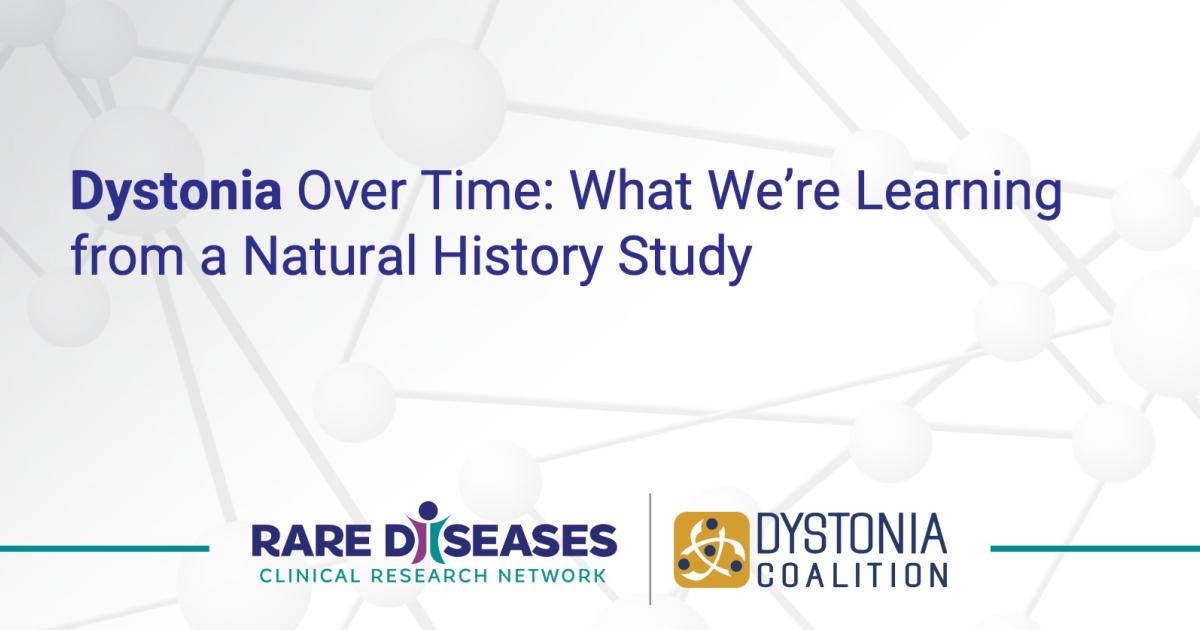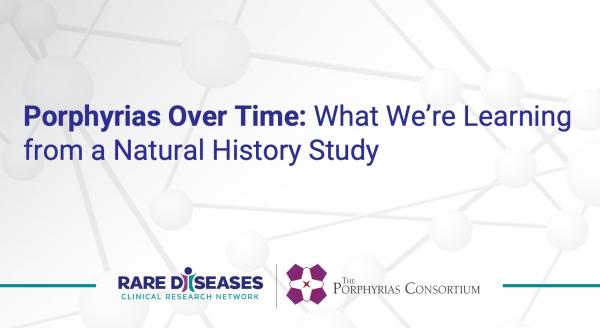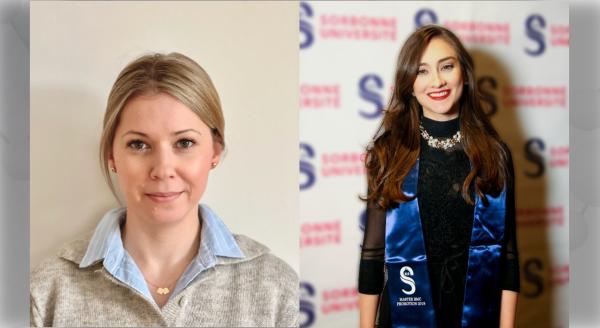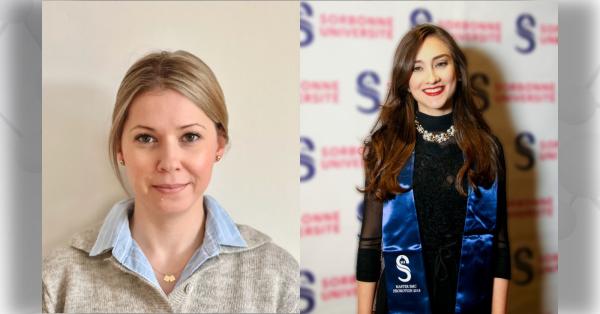Dystonia is a neurological disorder characterized by excessive pulling of muscles, leading to twisting movements or abnormal postures. Patients with dystonia can have virtually any part of their bodies affected. Patients can be grouped according to which part of the body is affected; most fall into the group of focal dystonias, where a single part of the body is affected.
To learn more about dystonia, the Dystonia Coalition (DC) is conducting a natural history study, “Dystonia Coalition Projects-3 (DCP3): Natural History; Objective Measures; Biobank; Patient-Centered Outcomes.” The team is exploring how dystonia may progress over time and what causes dystonia.
Here, lead investigator Hyder Jinnah, MD, PhD, and dystonia patient Lloyd Penn share more about the study and what it’s like to participate.
What makes this study unique?
Dr. Jinnah: The DC natural history study is unique in several ways. First, all types of focal dystonia are combined under one protocol, where systematic collection of data allows us to monitor changes over time, as well as differences among the subgroups. Second, it is a multicenter international study, so it avoids idiosyncratic findings that come from single centers which may have particular interest in one subtype, or idiosyncratic ways of diagnosing and evaluating cases. Third, it is the largest natural history study for dystonia. This permits us to look more closely at less common subtypes.
How and why did you become involved with this study?
Penn: I have been diagnosed primarily with blepharospasm, although my doctor has started to notice more symptoms related to Meige syndrome around my mouth and jawline. I became involved in the DC study through my treatment at the Emory Brain Health Center and Dr. Jinnah. I'm always happy to participate with any medical research or study if there is any chance that it might have even a tiny positive impact on the disease. Since the day I was diagnosed eight years ago, both my wife and I have made our time available to help with formal studies, as well as try every possible treatment under the sun—and even develop some of our own homegrown blepharospasm solutions. My wife is also donating time these days as a board member for the Benign Essential Blepharospasm Research Foundation (BEBRF).
What are we learning about dystonia from this study?
Dr. Jinnah: The dystonias are quite heterogenous. The natural history study has enabled us to more precisely define the phenotype of each focal dystonia, and even subtypes within each type of focal dystonia. The natural history study has also shown that different subtypes evolve at very different rates. The clinical data collected in this study have so far contributed to more than 50 published articles.
How will this study contribute to clinical trial readiness?
Dr. Jinnah: It has already contributed to clinical trial readiness by allowing us to calculate the numbers of patients required for an interventional clinical trial that addresses progression over time. For example, it has shown that we’d need only 59 patients with blepharospasm studied over 2 years to detect a 50% reduction in spread. These types of data make such a trial thinkable. In contrast, a much larger number of patients would be required for cervical dystonia or laryngeal dystonia, because they evolve more slowly.
What has it been like for you to participate in this study?
Penn: The participation has been very positive, and it's made me stop and think about various aspects of the disease and how my symptoms have progressed over time. Change with a condition like this can happen slowly over time, and this study has helped me to recognize the value in evaluating the change more clinically. Overall, the additional benefits gained through participation far outweigh any of the "cost" of additional personal time or Emory visits.
What are the successes and challenges of this study?
Dr. Jinnah: A major success has been recruitment. Patients have been eager to participate, and some have come to our centers mainly to be involved in the study. The main challenge has been retention. Since dystonia evolves slowly and we re-evaluate patients not more than once per year, follow-up is sometimes a challenge, particularly when patients move out of town, or when insurers require patients to change centers.
What excites you about this study?
Penn: It's yet another set of data points that medical providers may be able to utilize to tailor treatment plans in the future. I'm like so many other dystonia patients in that I've been through multiple diagnoses, treatments, injection types/volumes/frequency, etc... and I like the type of clinical approach the study is taking. Sometimes it can feel like treatment becomes more of a guessing game when the results are challenging, and hopefully studies like this may introduce new, more effective methods.
How will this study impact patients, now or in the future?
Dr. Jinnah: Natural history studies are often designed to learn about changes over time in a condition, and they do not always have an immediate impact on those who participate. However, an unexpected and immediate impact of this study has been to raise awareness of the need to collect more precise information regarding fluctuations in symptoms over time. These fluctuations occur because symptoms are treated with botulinum toxins, usually over a 3-month period. Fluctuations are associated with disability and quality of life, and they complicate efforts to measure severity because of changes over time. This awareness has triggered new interest in developing tools to measure the fluctuations in clinical trials, and in suppressing fluctuations that impact patients’ lives.
How could this study impact your life?
Penn: I guess if I'm wildly optimistic, I would love to think that all the elements of this study could be part of an approach that results in better treatments or even a cure in some way. At a more measured level, I would say that this study is helping to condition my thinking and helping me to compartmentalize every week I live with the condition. It's making me stop to consider how the disease truly affects my life every week and take notes that I can then communicate to Dr. Jinnah as part of the next treatment visit. This type of thinking already had an impact on the information I provided Dr. Jinnah before my last injections, and the results this time have been much better than what I normally experience.
What is the status of this study, and what’s next?
Dr. Jinnah: Recruitment is ongoing, and we expect to continue even after the current funding cycle concludes. We are mainly targeting recruitment of less common types of dystonia so that we have good representation of all subtypes.
“Dystonia Coalition Projects-3 (DCP3): Natural History; Objective Measures; Biobank; Patient-Centered Outcomes” is currently recruiting. Learn more about the study and how to join.
The Dystonia Coalition (DC) is part of the Rare Diseases Clinical Research Network (RDCRN), which is funded by the National Institutes of Health (NIH) and led by the National Center for Advancing Translational Sciences (NCATS) through its Division of Rare Diseases Research Innovation (DRDRI). DC is funded under grant number U54NS116025 as a collaboration between NCATS and the National Institute of Neurological Disorders and Stroke (NINDS).






